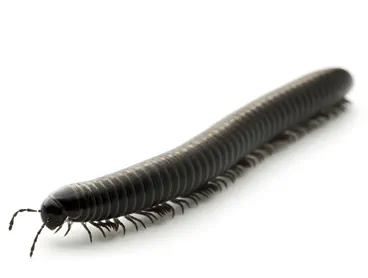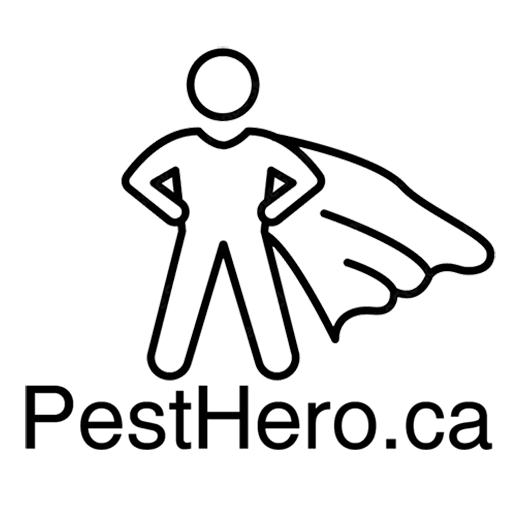MILLIPEDES
Millipedes are fascinating creatures with hard, segmented bodies and two pairs of legs per segment, giving them a unique, wave-like movement. When threatened, they curl up into a tight spiral. Sizes vary widely; while some tropical species can grow up to 30 cm, most Canadian millipedes are around 8 cm long. They typically sport a black, dark brown, or reddish hue and have short antennae with seven segments. Unlike their speedy cousins, the centipedes, millipedes are slower and more rounded.
Signs of an Infestation
If you find millipedes in your basement, it’s usually a sign of excess moisture. These critters can’t survive long without it, often dying within a day or two. Homeowners typically discover infestations by spotting the hard, shell-like remains of dead millipedes.
Preventing Millipede Invasions
To keep these slow movers at bay, maintain a clean, dry basement and seal any cracks or crevices in your home. Regularly check for those telltale remnants!
Habitat, Diet, and Life Cycle
Millipedes thrive outdoors in dark, moist environments, often found in leaf litter or rotting logs. They primarily feast on decaying plant matter, playing a vital role in breaking down organic material. If food is scarce, they might nibble on delicate roots or fallen fruit.
Female millipedes lay sticky clusters of hundreds of eggs in soil or decaying matter. The young hatch with three pairs of legs and undergo several molts, gaining segments and legs along the way. It takes about two to five years to reach adulthood, after which they can live for another three to four years.
Common Questions
How concerned should you be about millipedes? While they’re beneficial for the ecosystem, they can damage young plants and emit toxic chemicals when threatened, leading to skin irritation known as millipede burn. If you find yourself overwhelmed by these creatures, it’s time to call in the professionals for pest control assistance!



